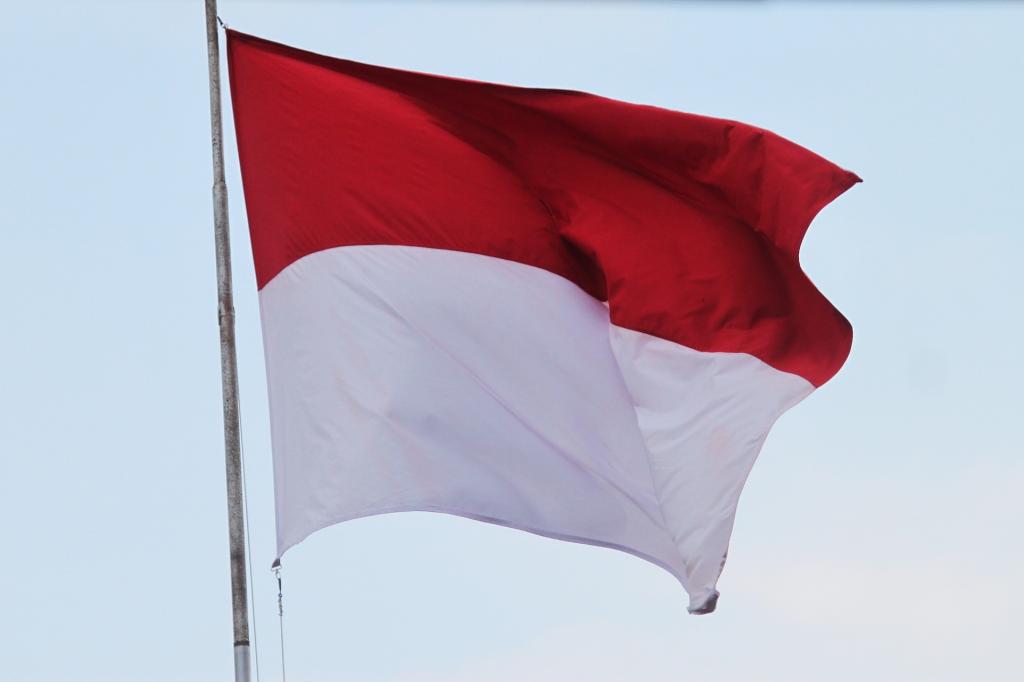World maritime axis policy declared by the Indonesian government today is an opportunity as well as a challenge that must be faced with the right steps by the Indonesian Armed Forces (TNI), especially in terms of defense and security. Moreover, as an archipelagic state, Indonesia must provide a crossing route for both shipping and aviation called Indonesia’s Archipelagic Sea Lanes (ASL). The existence of ASLs as the main shipping and foreign aviation routes creates vulnerability and potential threats to national security. One potential threat is the frequent flight or shipping violations of the national territorial area. Violation of airspace can be interpreted as a condition in which there are aircraft of a particular state, whether civilian or military aircraft, entering the airspace of another state without obtaining prior clearance from the state it enters. The National Air Defense Command Sector I, notes that in the ASLs I area alone, in 2015 until early 2018, there were 216 cases of violations by aircraft foreign, both military and civil. Whereas in the ASLs I water themselves, the Indonesian Navy reported that 250 cases of violations had occurred in 2017. In anticipation of this, it was necessary to improve Indonesia’s defense capabilities, including air defense. This paper focuses on the development of air power equipment such as aircraft, guided missile, and radar which is expected to be a hard power and deterrent effect and create reluctance for other countries so as to prevent violations of national airspace and support Indonesia’s aspiration to become the world maritime axis.
M. Miftahul Ghufron is a postgraduate student at the Department of Political Science, Universitas Padjadjaran, Indonesia.
Ari Ganjar Herdiansyah is affiliated to the Departement of Political Science, Universitas Padjadjaran, Bandung, Indonesia.
Nuraeni is affiliated to Departement of International Relations, Universitas Padjadjaran, Bandung, Indonesia.
Email: m2.ghufron@yahoo.co.id


